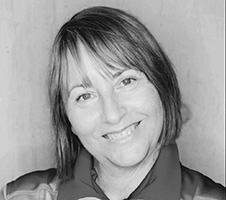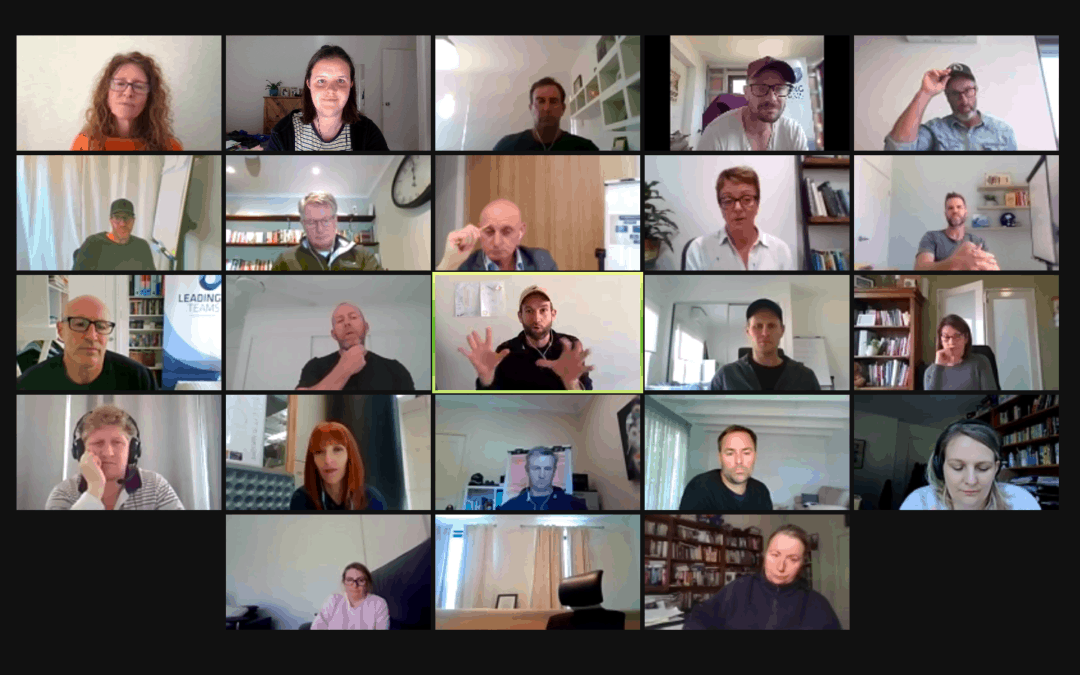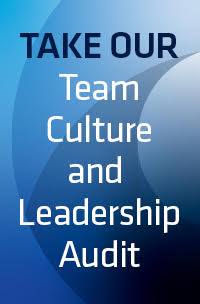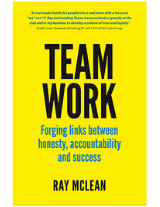Working from home has been the new normal for many organisations, and their teams, since early last year as the COVID-19 pandemic changed the way we work. When I coached the Australian Diamonds we had players, coaches, and staff spread out across the country. We were only together in person for six weeks of the year when in competition. Learning how we could create and maintain a high-performance team culture remotely, and on a shoestring budget, was an everyday reality for us. As our players also played at club level it was important for us as a coaching team to respect their individual club needs, and when discussing performance make sure it was done through the correct reporting lines. It wasn’t just a remote environment, it was also complex! The communication lines were rigorously adhered to and consistently reviewed.
Who are the leaders?
The first step to managing our remote culture was to recognise our leaders. A leader is not someone with a fancy title, but anyone who takes personal responsibility for the way the team performs. In short, people follow their leaders, and we were keen to make sure everyone involved in the squad felt empowered to lead. We connected the group and got started on educating our squad about leadership as early as possible. We did so through tools such as WhatsApp, Facebook, Email and of course the old phone call. The aim was to show that even though we were apart, we could still influence each other and make sure that that influence was productive for the team. These conversations allowed us to work on the mechanics and dynamics of the team at the same time.
What is the purpose of this team?
To galvanise a team in a changing environment, it is important to remind the group of the reason this team exists. Ask the question, if we can’t do our jobs the way we used to, how do we collectively continue to deliver on our purpose? If your team is not clear on what it is trying to achieve, how can you expect people to self-manage? For the Diamonds our purpose was to be the world’s best high-performance program (while living our trademark of Sisters in Arms) and we constantly checked in, both as individuals and collectively, to ensure that what we were doing with our time was closely aligned to that purpose.
There is a common misconception that high-performing teams only focus on tasks – the mechanics of their role. To be a truly successful team you need to lead/coach your team as people first and employees/athletes second, balancing both the dynamics and mechanics of the team. That means building strong relationships by showing genuine interest in their lives and what is going on for them outside of work. Creating an environment in your team that is a safe place for people to share their feelings and circumstances will help to improve performance, and trust is a key ingredient in creating this type of environment. You’ll often hear athletes talk about how strong their relationships are with their coaches, and team members, and how that allows them to perform at their best.
Defining the team’s culture
Once you’ve got clarity of purpose and you’ve built strong relationships, you need to be crystal clear on the culture you want as a team. This may well be the same culture that you had when you were all in the office, just expressed differently. At the Diamonds we lived our culture through our trademark ‘Sisters in Arms.’ We made this trademark come to life through open discussions around what we saw in the team every day – how we saw people behaving. While the team environment has changed from an office to at home, it is important that the behaviours that are both rewarded and challenged within your team remain consistent.
In the online world it is easy to let people know what you are doing, but hard to share how you are feeling, or how you feel the teams culture is tracking. These strong relationships and consistent expectations will mean you can move away from only having ‘easy’ discussions online and will ensure that you and your team can keep on top of your culture and continuously improving.
Maximising time together
Finally, if you can get back into the office or bring your team together in another way, it is critical that you cherish that time together and make it productive. Nothing would go unplanned, or should lack strategic thought, before a camp leading into competition, and I would recommend that leaders structure day 1 (or even week 1) back in the office just as carefully. We listened to what our leaders, players, staff, and coaches were saying. This meant we could put together agendas – and plan for outcomes – that allowed time for us to work on both the dynamics and mechanics of our team. This preparation meant we set up our players to achieve success, and that is the all-important role of a leader in any team. At the end of the day, your role is to create an environment in which your team can flourish.

Lisa joined Leading Teams after a successful tenure as Head Coach of the Australian Diamonds national women’s netball team.
Learn more about Lisa.




